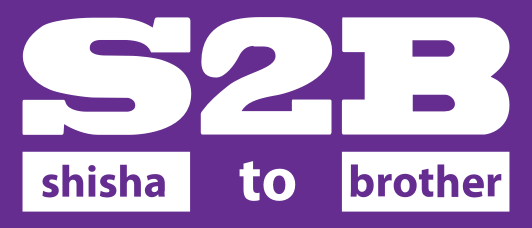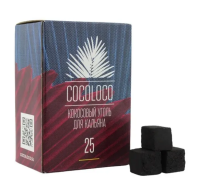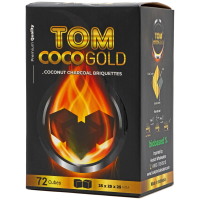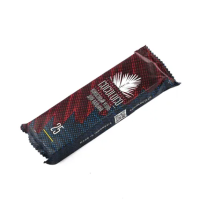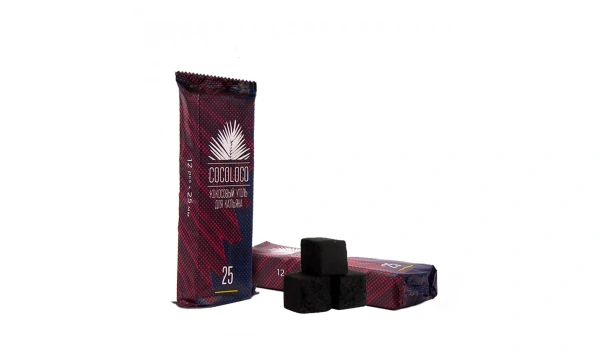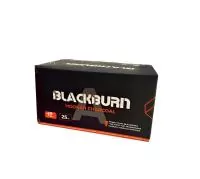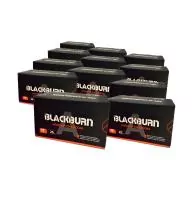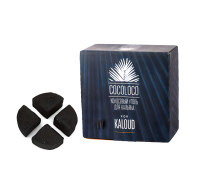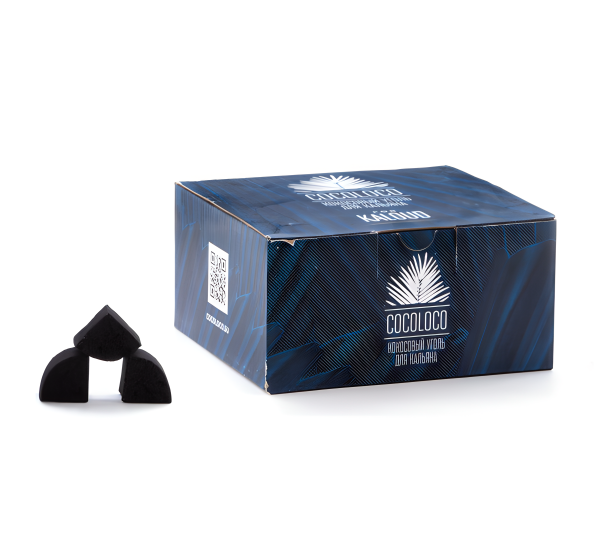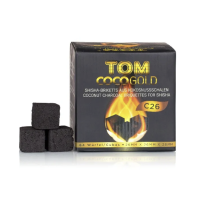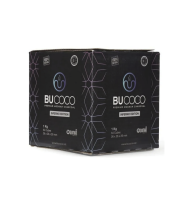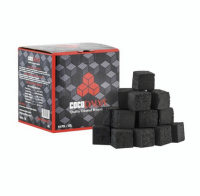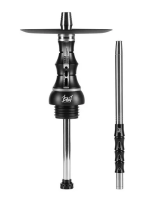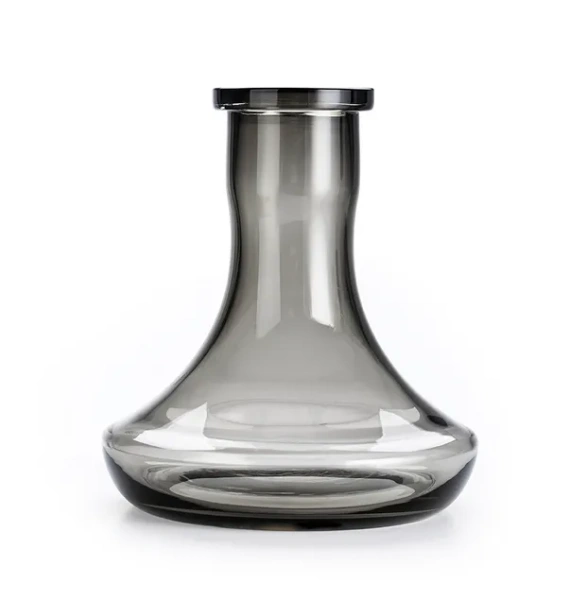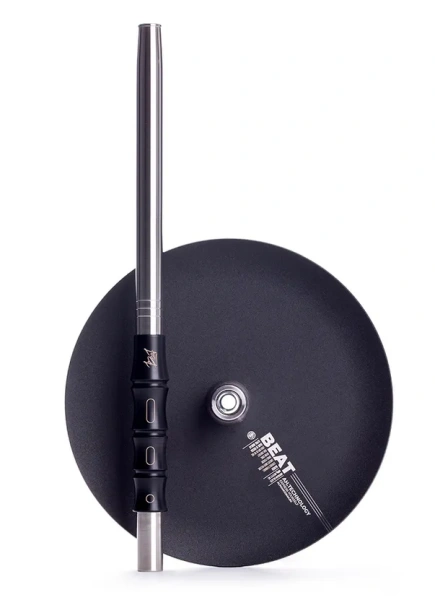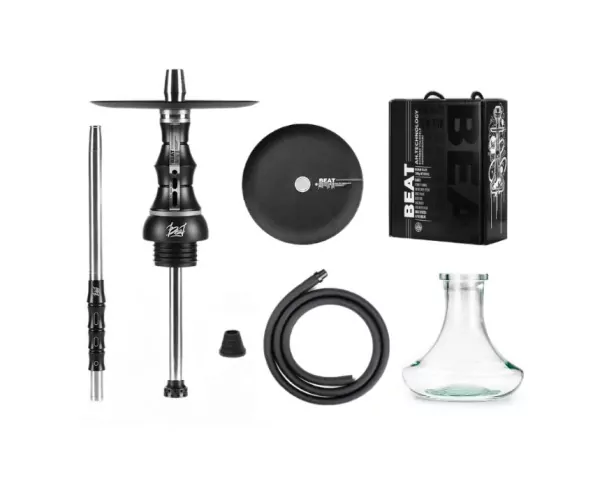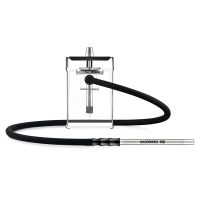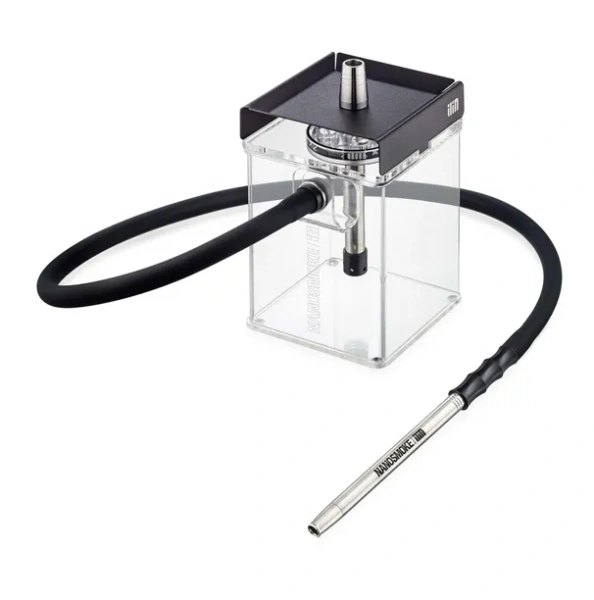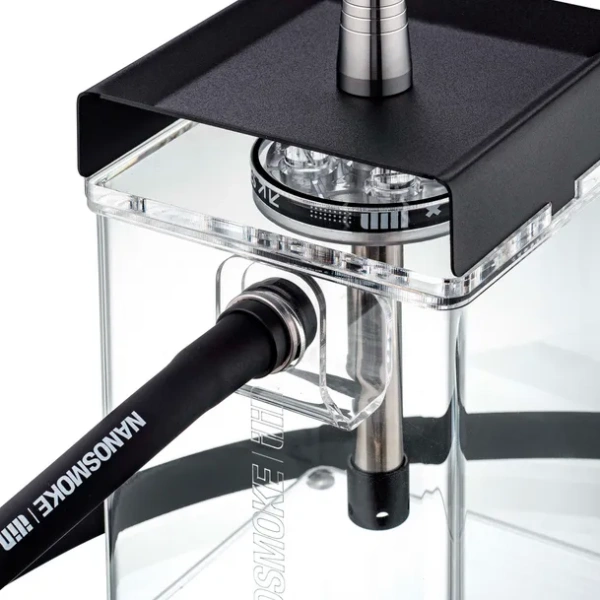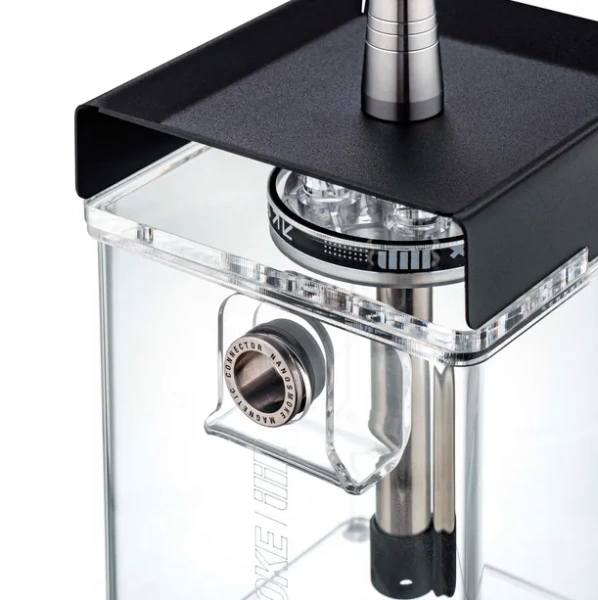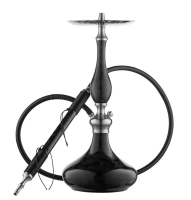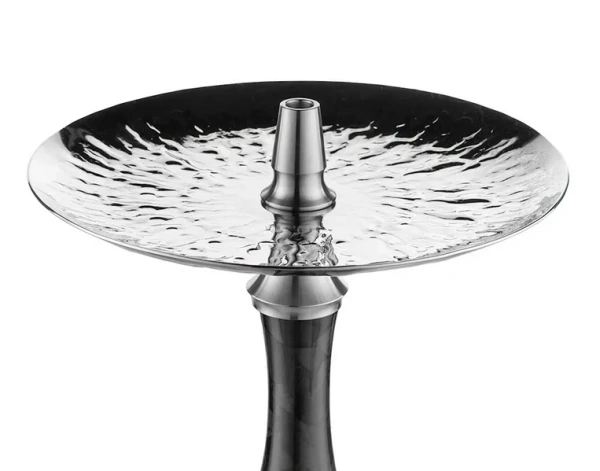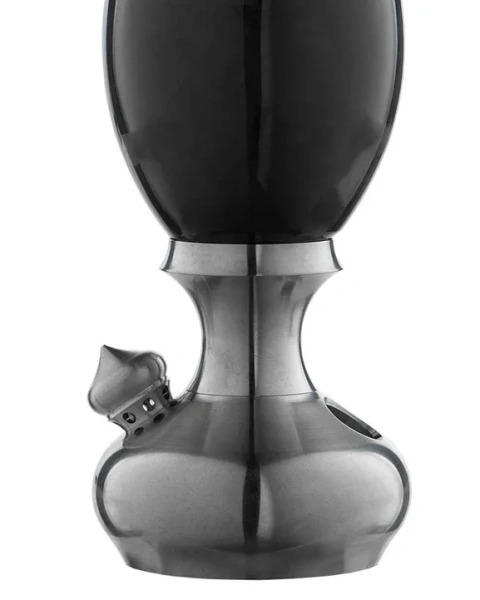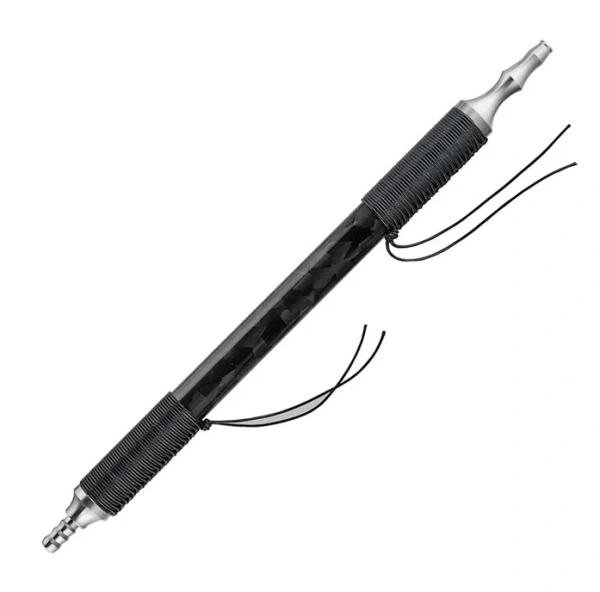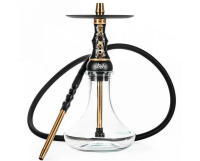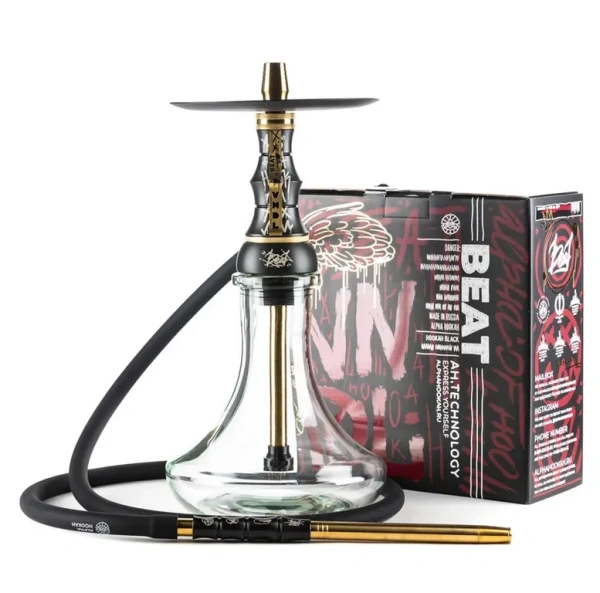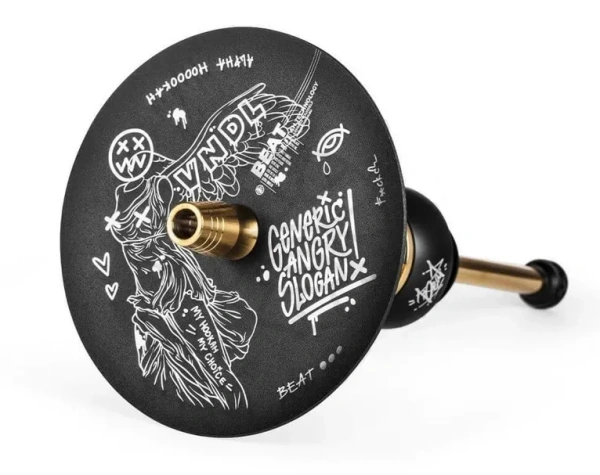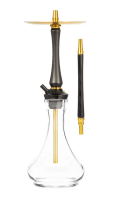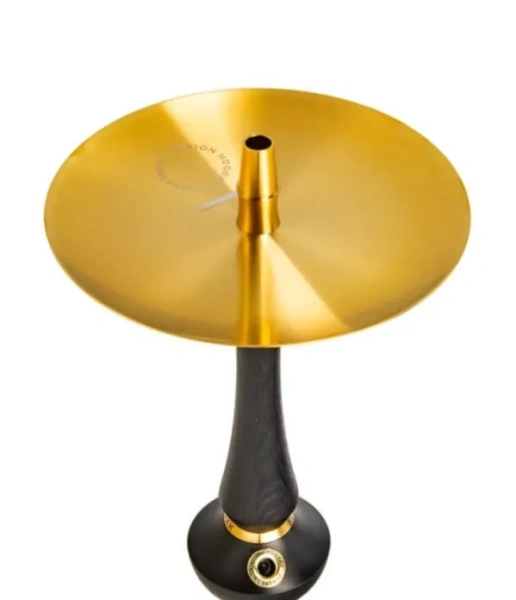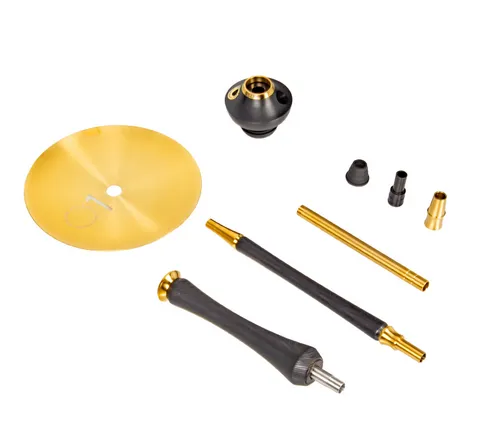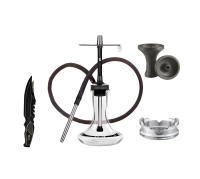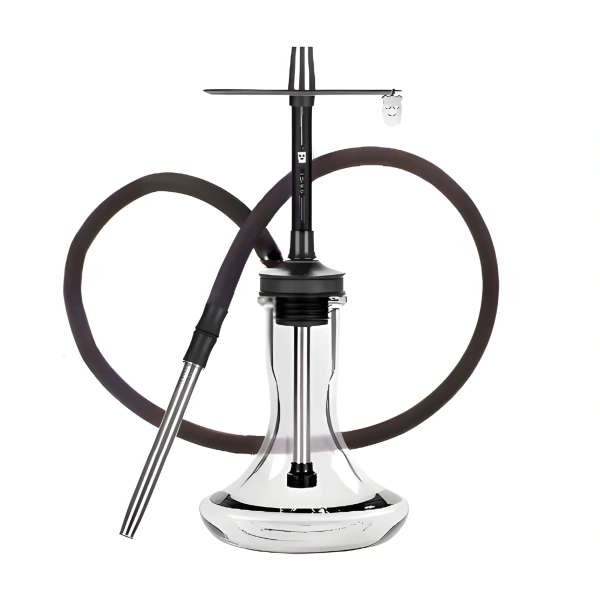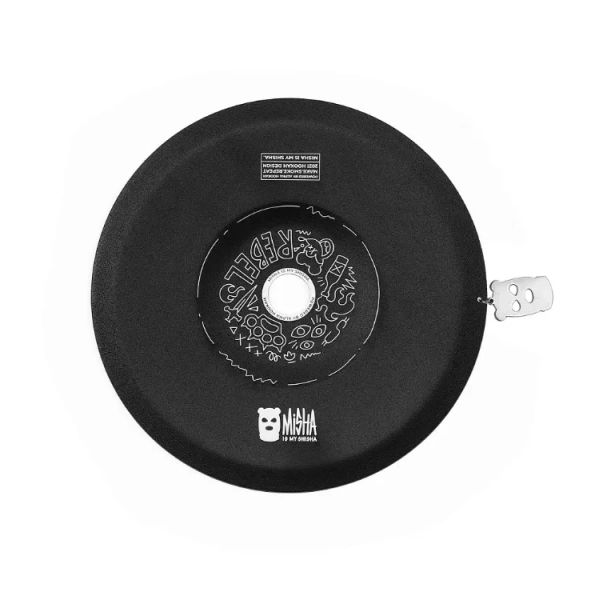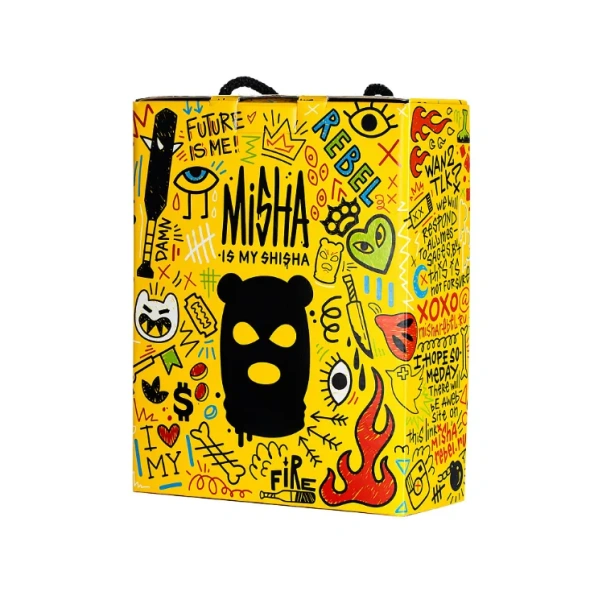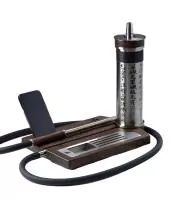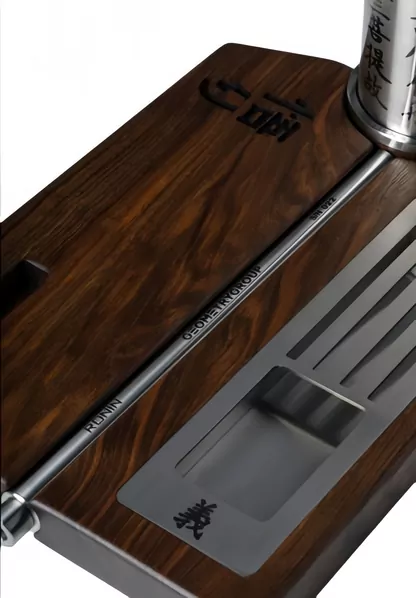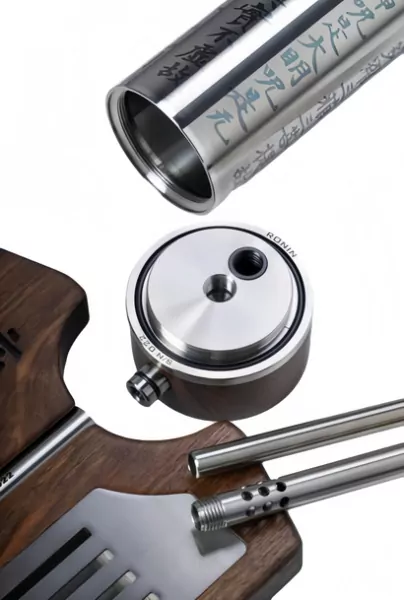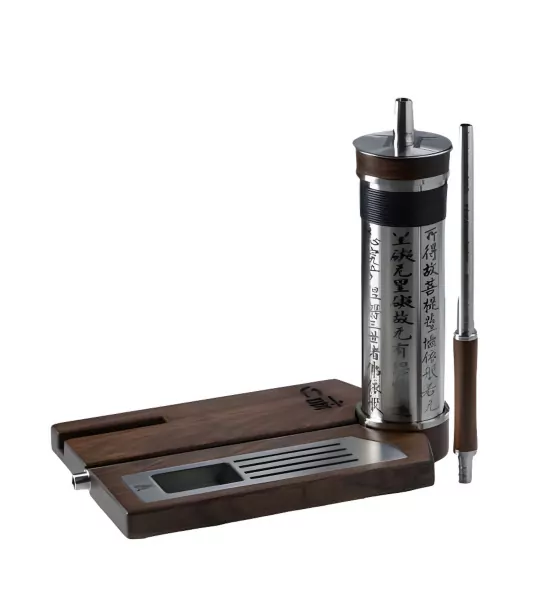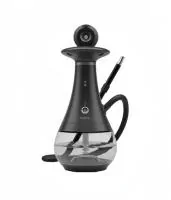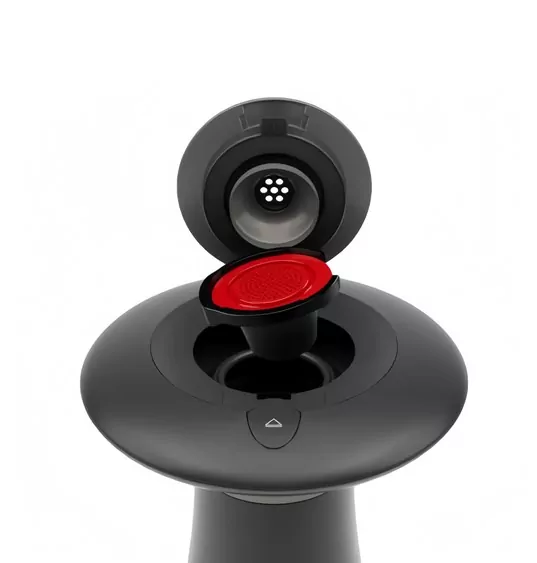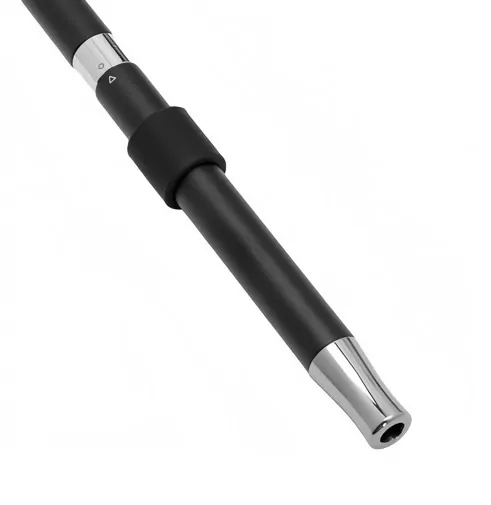Filter
Charcoal plays a crucial role in preparing a hookah, and selecting the appropriate type can greatly influence its aroma and the quality of smoke produced. There are various kinds of hookah charcoal, but they generally follow a similar heating method.
Categories of Hookah Charcoal
Hookah charcoal is divided into two main types: natural and chemical (self-lighting). Natural charcoal takes more time to ignite but maintains heat more effectively. It is derived from either wood charcoal or coconut shells, formed into briquettes under high pressure. The choice of material used in its creation significantly affects the flavor of the hookah. Notably, some producers use:
- Coconut husks,
- Bamboo charcoal,
- Charcoal from fruit or olive trees.
Among these, coconut charcoal has gained immense popularity due to its lack of chemical additives, absence of unpleasant odors during smoking, ability to retain heat for an extended duration, and maintenance of shape. However, it does generate lower heat, resulting in a longer ignition time.
When it comes to wood charcoals, lemon wood is often preferred as it sustains the ideal smoking temperature for longer periods.
Self-lighting briquettes are crafted from compressed natural charcoal that has been soaked in dry alcohol (and occasionally nitre). They are more user-friendly than standard charcoals, generate increased smoke, but cool off more quickly and often lack a pleasant scent.
Ensure the charcoal burns thoroughly until it attains a red glow. You can manage the temperature by adjusting the amount of coals used. Overheating your tobacco can adversely impact its flavor.
Charcoal is a key component in the hookah preparation process, and making the right choice can significantly enhance its aroma and smoke quality. Though different types exist, all of them share a similar heating approach.
Categories of Hookah Charcoal
Hookah charcoal is divided into two main types: natural and chemical (self-lighting). Natural charcoal takes more time to ignite but maintains heat more effectively. It is derived from either wood charcoal or coconut shells, formed into briquettes under high pressure. The choice of material used in its creation significantly affects the flavor of the hookah. Notably, some producers use:
- Coconut husks,
- Bamboo charcoal,
- Charcoal from fruit or olive trees.
Among these, coconut charcoal has gained immense popularity due to its lack of chemical additives, absence of unpleasant odors during smoking, ability to retain heat for an extended duration, and maintenance of shape. However, it does generate lower heat, resulting in a longer ignition time.
When it comes to wood charcoals, lemon wood is often preferred as it sustains the ideal smoking temperature for longer periods.
Self-lighting briquettes are crafted from compressed natural charcoal that has been soaked in dry alcohol (and occasionally nitre). They are more user-friendly than standard charcoals, generate increased smoke, but cool off more quickly and often lack a pleasant scent.
Choosing Between Natural and Self-lighting Charcoal
The decision about which charcoal to use hinges on which characteristics matter most to you. Natural charcoal is safer and more environmentally friendly, offering a mild, unobtrusive aroma. Conversely, chemical charcoal provides convenience and ignites within a minute.Criteria for Selection
The market offers a variety of hookah charcoals. When making your selection, consider the following aspects:- Type of material,
- Speed of ignition,
- Manufacturer's brand,
- Location for smoking the hookah (indoors or outdoors).
Tips for Igniting a Hookah
When preparing to smoke a hookah, it is essential not just to select the right charcoal but also to utilize it correctly. For charcoal without chemical additives, using specialized ignition trays is both safer and more practical.Ensure the charcoal burns thoroughly until it attains a red glow. You can manage the temperature by adjusting the amount of coals used. Overheating your tobacco can adversely impact its flavor.
Charcoal is a key component in the hookah preparation process, and making the right choice can significantly enhance its aroma and smoke quality. Though different types exist, all of them share a similar heating approach.
